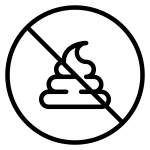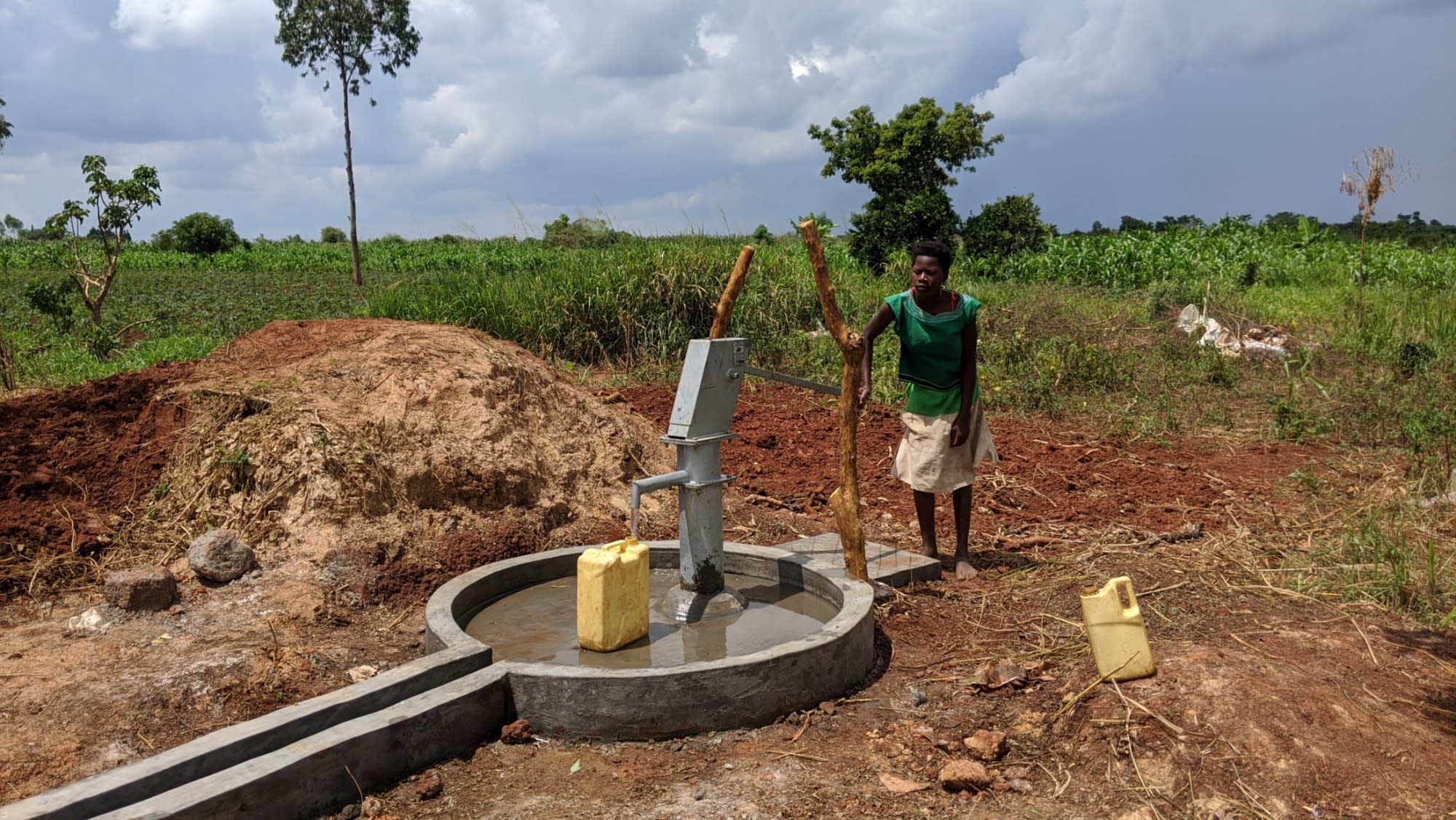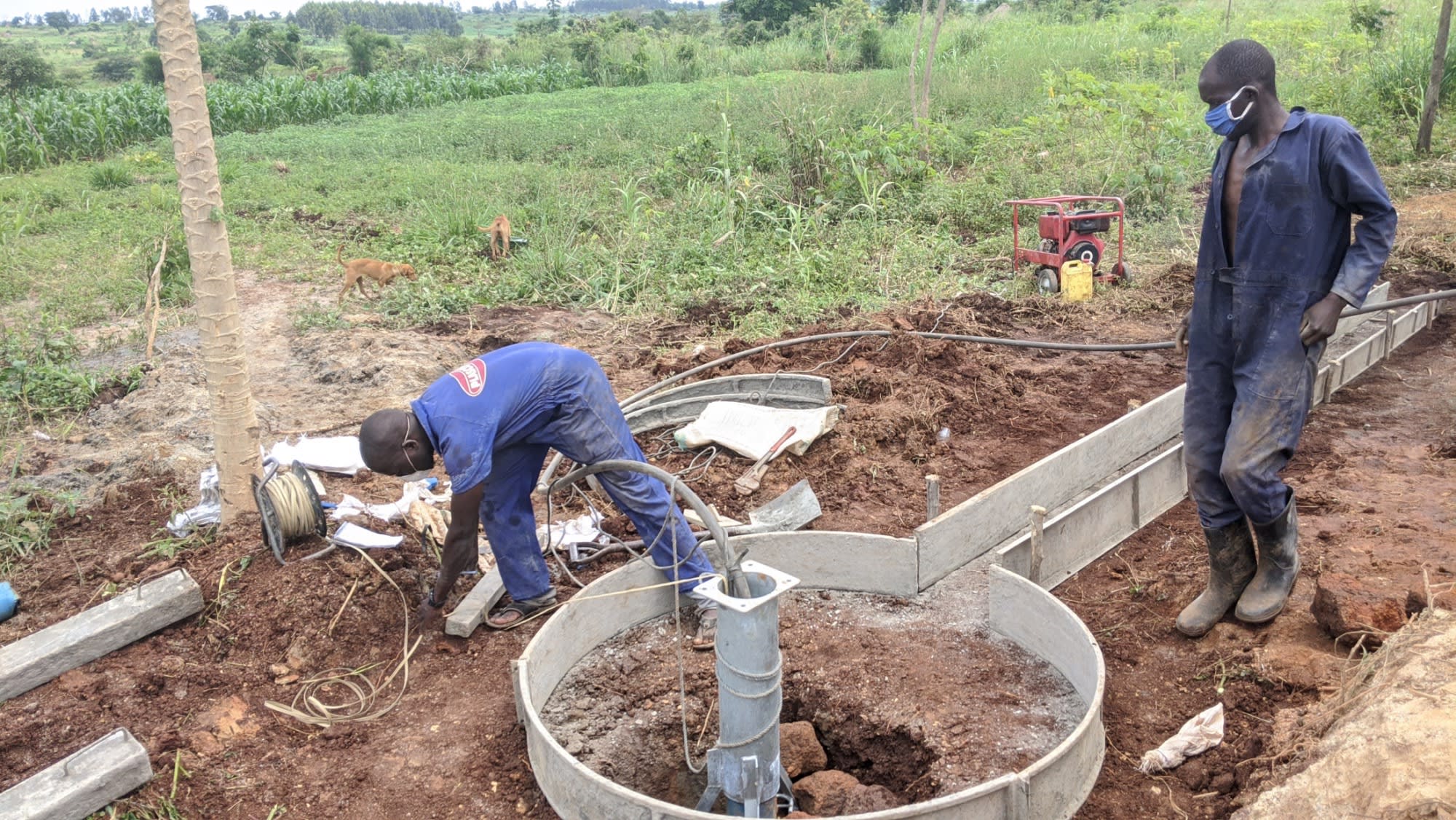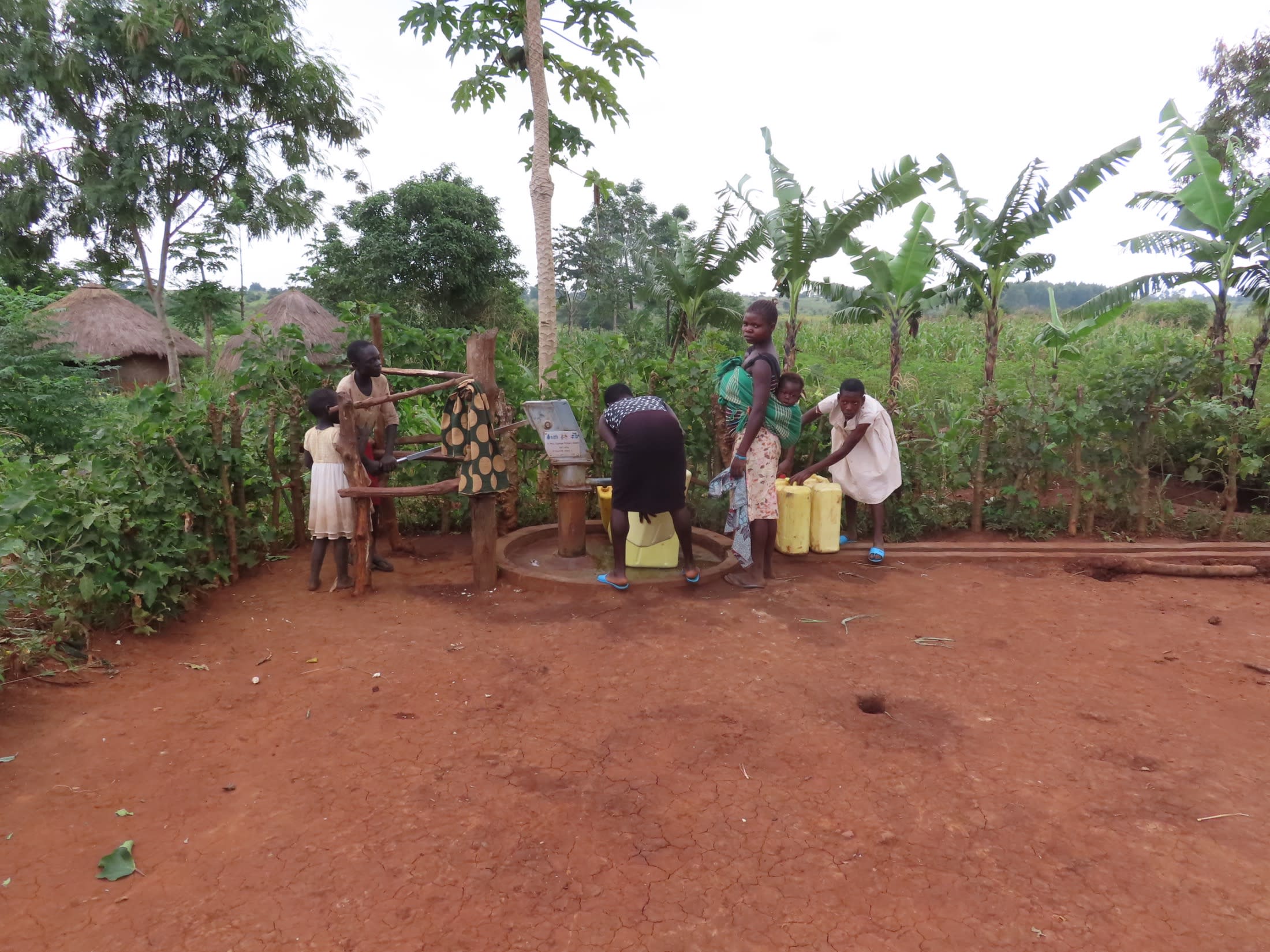Alero B village is located 5 kilometers off the main Gulu-Kampala Highway in the Kiryandongo District of Uganda. The 327 people who live here make a living through subsistence farming and selling excess harvests in the local markets. One part of the village is made up of a rock which provides some jobs to people here who mine it to sell for construction and other uses.
Ogunga Primary School and Hill View Nursery School (considered 1 school system and located on the same compound) are found in the community with more than 250 students who attend. A borehole was drilled 2 years ago at the school, but this borehole dried up as the geophysical area has since changed. A nearby quarry was using explosives which have caused shifts in the water table and dried up the existing borehole.
Community members and the students now share the same water source - an open pond located more than a mile away from the school and most households. The open pond is covered with tree logs to prevent animals from using it and to keep kids from falling in. Despite that, the water is unsafe for drinking. There is visible pesticide residue from nearby farms and algae on top of the water. A water container has to be put directly in the water to collect it, an act that further contaminates the source.
"The water changes in color and taste during heavy rains. The place is always very crowded with very many people who come to fetch water," said Santa Biriyema, a local farmer we met while visiting the community.
The students who are selected to go fetch water inevitably miss part of the classroom learning every day. Drinking the unsafe water causes students to miss even more time at school due to the diseases they contract from it. The school also has challenges with cleaning the latrines and filling the handwashing facilities due to the lack of water available.
A new drilled water point is needed to provide clean and safe water for the community and the school. The clean water is going to reduce the risks of children fetching from the deep scoop hole and the diseases associated with drinking contaminated water.
Due to geological changes, a well directly on school grounds is not possible. Our teams have conducted hydrogeological surveys to find the nearest location to the school that will provide water throughout the year. The agreed-upon point, located just 5 minutes walking distance from the school that does not require students to cross any roads, will significantly alleviate the water stress for both the community and the school.
Here’s what we’re going to do about it:
New Borehole
This new borehole is an exciting opportunity for this community! We have already worked with community members to determine the best possible site for this well. We talked with the new well site's landowner about the process of construction, and they agreed to the plans and said they are willing to donate their piece of land for the construction of the new water point.
Community members will mobilize the sand and water needed to mix with the cement during construction. The technology prescribed for this site is a borehole well drilled and installed with an India Mark II handpump. Drilling will be able to go deeper than the hand-dug well method, accessing safe, reliable water far below where a hand-dug well could ever reach.
Since we have already conducted hydrogeological surveys to confirm the desired site, the drill team will begin the process of creating a new well. Once the well is drilled to a sufficient water column, it will be cased, developed, and then tested before being handed over to the community.
Training
Training’s main objectives are the use of latrines and observing proper hygiene practices since these goals are inherently connected to the provision of clean water. Open defecation, water storage in unclean containers, and the absence of handwashing are all possible contaminants of a household water supply. Each participating village must achieve Open Defecation Free status (defined by 1 latrine per household) before the pump is installed at the new well.
This social program includes the assignment of 1 Community Development Officer (CDO) to each village. The CDO encourages each household to build an ideal homestead that includes a latrine, handwashing facility, a separate structure for animals, rubbish pit, and drying rack for dishes.
We also implement the Community-Led Total Sanitation (CLTS) approach with each of our village partners. This aims to improve the sanitation and hygiene practices and behaviors of a village. During these sessions, village leaders naturally emerge and push the community to realize that the current practices of individual households – particularly the practice of open defecation– are not only unhealthy but affect the entire village.
CLTS facilitates a process in which community members realize the negative consequences of their current water, sanitation and hygiene behaviors and are inspired to take action. Group interactions are frequent motivators for individual households to build latrines, use the latrines, and demand that other households do the same.
Improved Sanitation
The aim is that all households own an improved latrine. Many households do not use a latrine but use the bush. Due to open defecation, feces are spread all over the village. This leads to waterborne diseases and contamination of groundwater and surface water.
Our aim is that the community is able to live a healthy life free of preventable diseases. We endeavor that at the end of our presence in the community, people will have both access to sustainable, clean water and access to sanitation. We have now organized families to form digging groups for latrine construction, and we have empowered them with the tools they will need.

 Borehole Well and Hand Pump
Borehole Well and Hand Pump
 Rehabilitation Project
Rehabilitation Project




























